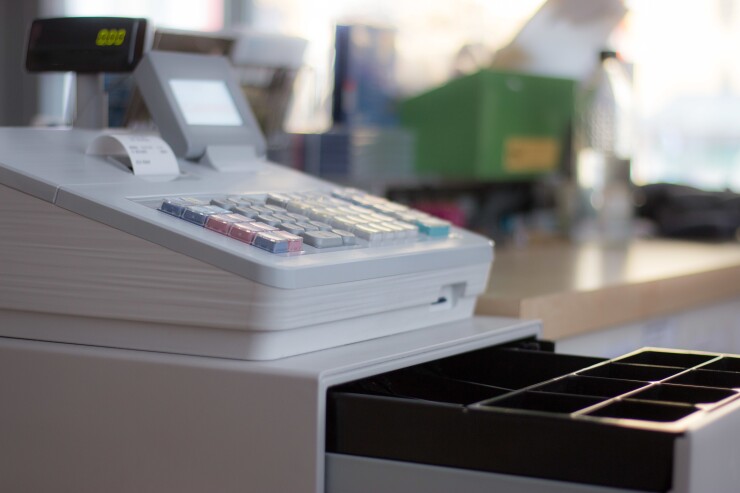Although the implementation of new district taxes is beginning to level off, state and local rates are at an all-time high, according to a new report.
"Last year, the pace we saw of districts and cities was nearly at a 10-year high," said Mike Bernard, vice president of content and chief tax officer at tax compliance solution provider Vertex, which recently released its Mid-Year Report.
"A great deal of funding from the federal government has bolstered state and local revenues," he said. "But it is unlikely there will be meaningful federal assistance over the next several years, given the outcome of the mid-term elections in 2022. To that end, sales tax revenues will play a key component in funding local government. With recession looming as we move to the fall, states and localities will still be looking for the proper amount of funding. Government entities are subject to inflation, just like consumers and corporations. Goods and services are becoming more expensive, and issuing more debt is a less attractive option with interest rates continuing to rise," he said.
The Vertex report suggested that sub-state jurisdictions are increasing sales tax rates "at an impressive clip, even as the implementation of new sales taxes at the district level are possibly regressing to their pre-COVID mean," he said. "As a result, indirect tax teams across all industries need to remain vigilant."

"The numbers of sales tax increases and decreases, new rates, and changes to the average combined sales tax rate are crucial, of course," he noted. "However, it's just as important for indirect tax leaders to understand the broader economic, business, and policy factors that ultimately cause these numbers to move — and they've been moving a lot."
Bernard listed three noteworthy sales tax trends from Vertex research that occurred from Jan. 1, 2022 through June 30, 2022:
- City and county sales tax rate increases far outnumbered decreases. At the city level, sales tax increases (126) beat decreases (20) by more than a six-to-one ratio. Counties enacted nearly twice as many sales tax increases compared to decreases.
- The combined average rate reached a new high. After holding steady for a brief COVID-induced lull from 2020 to 2021, the average U.S. sales tax rate, which combines the average state, county, city, and district rates, resumed its upward trajectory this year, hitting 10.17%.
- The implementation of new district sales taxes may be leveling off. New sales taxes were imposed by districts at a near-record pace during each of the first two years of the pandemic. Through the first six months of 2021, districts enacted 127 new sales taxes; through the first six months of this year, districts implemented only 54 new sales taxes.
The sales tax base has been shrinking for almost 30 years, Bernard observed. "The only thing government can do is raise the tax rates," he said. "That's why sales taxes are at a record high."
Bernard referenced a white paper put out by the Multistate Tax Commission in early August that noted that the relative breadth of the tax base varies from state to state, but that it has been estimated that the breadth across all states has narrowed by as much as 35% since 2000.





